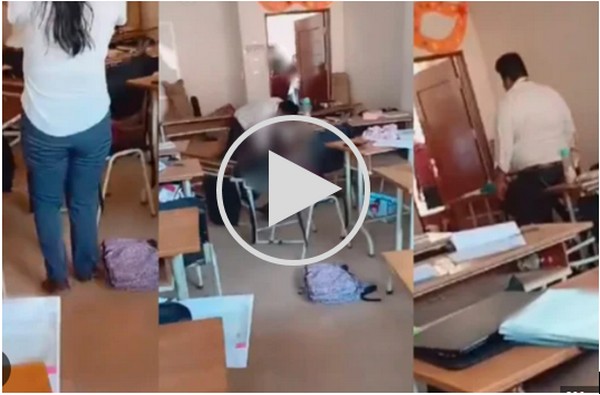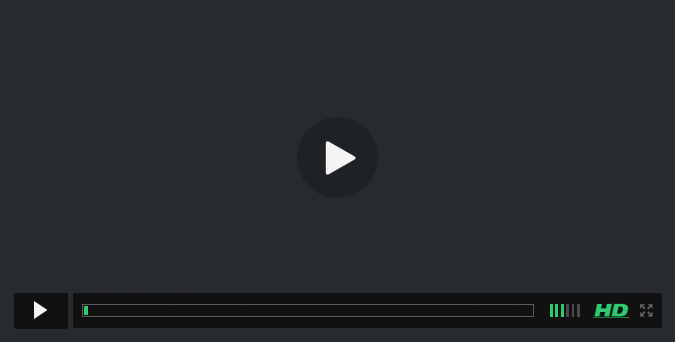
In the age of viral content, few events can generate as much discussion as a shocking school incident caught on camera. The Kamila Pacassi zanga video from Bolivia is one such event that has garnered immense attention and mixed reactions. This tragic tale of a young student’s life abruptly cut short serves not only as a story of heartbreak but also as a reflection of societal issues surrounding violence and safety in schools. Join us as we explore the details of this incident, its aftermath, and the broader implications it raises for students and communities alike.
I. Overview of the Kamila Pacassi Incident
On a seemingly ordinary school day, tragedy struck at Lincoln High when Kamila Pacassi, a beloved student, became the victim of a violent altercation during lunch break. The incident, which unfolded in a crowded cafeteria, involved a confrontation between Kamila and a group of students. Witnesses reported that a heated discussion escalated quickly, resulting in physical confrontation that left Kamila injured and subsequently hospitalized.
Kamila Pacassi had been a bright, outgoing individual, celebrated for her academic achievements and friendly demeanor. As a sophomore, she was actively involved in several school clubs and was known for her compassion towards classmates. The incident shook not only her immediate community but also resonated deeply across social media platforms and the nation, opening up discussions about the alarming rates of school violence.

In the hours following the incident, a video recorded by a fellow student found its way onto social media platforms like TikTok, sparking a viral sensation. The footage depicted the altercation in stark detail; its raw emotionality evoked shock and concern among viewers. The initial release saw an avalanche of reactions from countless individuals, including commentators who struggled to process the unfolding tragedy.
Social media reaction was polarized; there were those who expressed outrage and empathy towards Kamila and her family, while others criticized the video itself for sensationalizing violence. Analysts noted that the video’s unfiltered depiction stirred up complex emotions, forcing viewers to confront uncomfortable realities about school environments and interpersonal conflicts prevalent among teenagers.
II. The Virality of the Video
Platforms like TikTok and YouTube played significant roles in amplifying the visibility of the video. TikTok, with its algorithm promoting trending content, helped #Pacassi emerge as a dominant hashtag, garnering millions of views and shares within days. On YouTube, various content creators reacted to the video, sharing their feelings on school safety and violence, thus sustaining the conversation.
The rapid spread of the video showcased how powerful social media can be, both as an amplifier of news and a vehicle for public discourse. Trends exploded, and overnight, #Pacassi became synonymous with discussions about violence in schools and the urgent need for preventive measures.
The public response to Kamila Pacassi’s incident and the viral video was multifaceted; it evoked a wide array of emotions from shock and grief to outrage and calls for reform. Many individuals expressed their frustrations over the systemic failures that led to such incidents, citing a lack of intervention and proactive measures from school authorities. The backlash against the culture of violence in educational institutions was palpable, with many calling for accountability from bystanders who witnessed the violence yet failed to intervene.
Discussions ignited about the factors that contribute to content going viral. Social media’s role in shaping narratives became clear as people pondered the implications of instant sharing without context. The incident stirred debates on ethics regarding the sharing of videos depicting violence, highlighting a broad conversation around morality and responsibility.
III. The Broader Social Issues Highlighted
Kamila’s incident reignited focus on the escalating rates of violence in American schools. Statistics from various nonprofit organizations paint a troubling picture: one in five students report being bullied, and there are concerning numbers related to physical altercations. Conversations about bullying, peer pressure, and the mental health crises among youth became central to public discourse, as stakeholders sought to uncover the root causes of such disheartening trends.
The tragedy served to underline the reality that violence in schools is often the result of several interconnected factors, including social dynamics and psychological issues. The community rallied around Kamila’s case to advocate for more robust anti-bullying programs that would address these issues, encouraging not only intervention during incidents but also year-round support.
Case studies show that this effect often results in tragic outcomes, similar to what Kamila experienced. As the community mourned her, educators and psychologists stressed the importance of fostering an environment where students feel empowered to act and support their peers during crises, advocating for educational campaigns aimed at redefining bystander roles.
IV. Aftermath of the Incident
In the days following the incident, law enforcement took swift action, investigating the circumstances leading up to the altercation. Statements from school officials offered condolences to Kamila’s family while also acknowledging the need for systemic changes. The community’s reaction was one of solidarity; discussions among parents and school boards began to address the evident lack of support systems that could prevent such acts of violence in the future.
In the wake of the incident, there were renewed calls for transparency in disciplinary actions taken against the students involved, with an emphasis on restorative justice approaches rather than punitive measures.
To honor Kamila’s memory, a vigil was organized by classmates and community members. The event manifested as a healing space where students could share stories and reflect on the loss. The impact of this tragedy reverberated through peer groups and within families, prompting conversations about mental health and emotional support. Fundraising efforts emerged to provide scholarships in Kamila’s name, ensuring that her spirit of kindness would endure beyond her unfortunate fate.
V. Ongoing Discussions Around Safety Measures in Schools
In light of the Kamila Pacassi incident, discussions around school safety have intensified. Educators and policymakers are reexamining current practices, emphasizing preventative measures that can reduce the likelihood of violence in schools. Many institutions are adopting comprehensive counseling approaches, enhancing mental health resources, and implementing anti-bullying programs aimed at fostering inclusivity and empathy among students.
Creating a culture of openness where students feel safe reporting concerns is crucial. Schools are looking into peer mediation programs that empower students to resolve conflicts amicably.
As communities grapple with the aftermath of the incident, there is an urgent call to action for individuals to participate in discussions surrounding school safety. Engaging parents, educators, and students alike in these dialogues ensures collective awareness of the issues at hand. Community forums are being organized to promote open discussion about safety measures, encouraging citizens to take part in creating safer environments for children.
One secures change effectively through awareness and cooperation; every individual has a role in championing improved safety protocols and supporting initiatives that foster empathetic interactions among students. In doing so, communities can work towards a future where incidents like the tragic one experienced by Kamila Pacassi become a relic of the past, ensuring that no young life is prematurely taken due to violence and indifference.
In conclusion, the Kamila Pacassi incident is not merely a story of tragedy; rather, it serves as a catalyst for widespread dialogue about the need for change in our schools, emphasizing the importance of each person’s role in safeguarding our most valuable treasures—our children.







